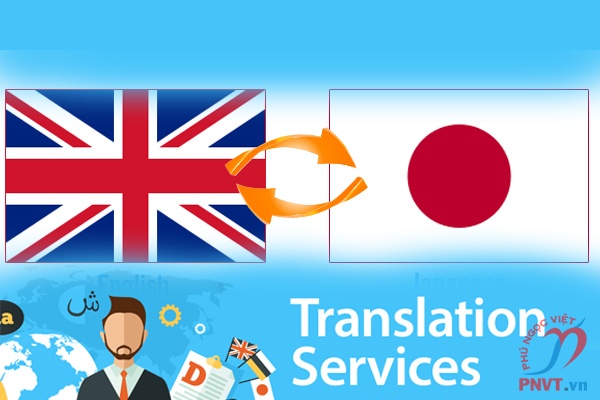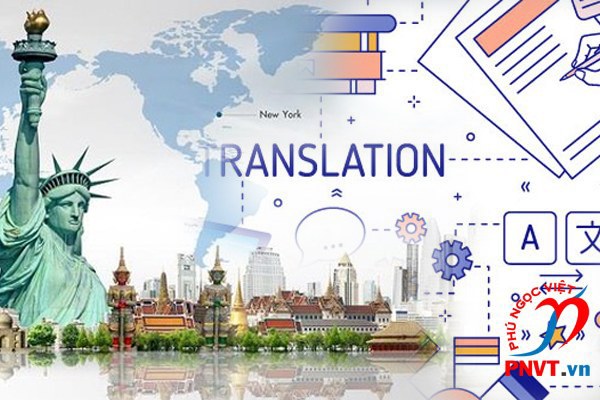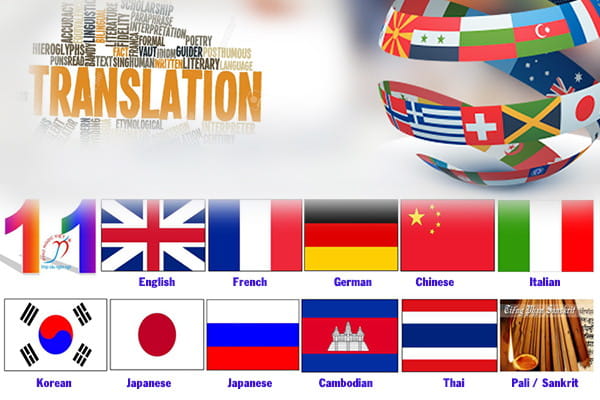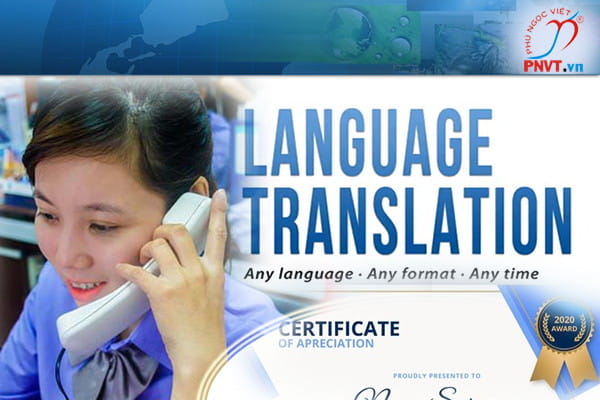Interpreters or oral translators are vital in meetings, conferences and business negotiation. Aware of such great missions, PNVT always provides high-quality interpreters as demanded to guarantee your utmost effectiveness. PNVT usually provides cabin interpreters for the Ministry of Industry and Agriculture, the Institute of Science Development … Besides, PNVT provides escort interpreters to assist foreign professionals in technology training, for Bibica, Acecook …
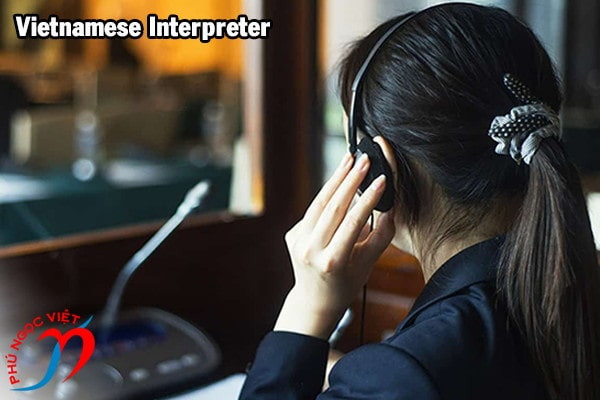
For the best result in brand development, You should trust PNVT. We are confident that PNVT’s interpreters will be part of your success.
Forms of interpreters
SIMULTANEOUS INTERPRETATION
During parallel interpretation, the translator will do his job simultaneously with the speaker.
(parallel action – simultaneously)
1. Meeting interpreting, online conference, by telephone
In translation of meetings and conferences, headphones and other supporting electronic devices are commonly used. Interpreters will not interact with concerned parties. They will listen by headphones while simultaneously interpreting via a Mic in a translation cabin deigned to be sound-proof. This form requires high expertise and in-depth knowledge of the related topics to convey the full speech.
2. Cabin interpreting
In 1 second only, the cabin interpreter “fires” after identifying the subject, then the language voyage set sails. Why cabin interpreting is horribly described? Cabin interpreting is also referred to as simultaneous interpretation, which exploits the ability to listen to message in one language and to interpret it in another one in the same time. As interpreters wear a headphone and sit in a cabin – or booth in British English – to listen to a speaker while talking to a mic to translate the speech simultaneously with the speaker, this form is called as cabin interpreting, maintaining the pace of the working session or meetings or conferences as scheduled. It leaves no second for interpreters to think as they have to work like a machine.
How can this difficult job be completed?
“Cabin” interpreting is the toughest task because interpreters have to deliver simultaneously with the speaker. The translation must keep pace with the speech. “ The brain is split in two halves, for English and for Vietnamese”.
Cabin interpreters are always in a never-wracking state. As it is hard to listen and repeat accurately a message in one language, listen it in one language and translate it in another one is harder.
Great perception of the topics is vital and mandatory for you to become a fine interpreter. “Cabin” interpreting is considered “more challenging” because the product must be delivered immediately without a break, causing great tension.
In any circumstance, a simultaneous or cabin interpreter is the core of success for an event as one of the main specific goals in an agenda is to communicate accurately and effectively.
CONSECUTIVE INTERPRETING
In this form, translators have to do his work after the speaker finishes his lines. In this form, interpreters can discuss – agree with the speaker to pause, repeat, clarify or elucidate the speech to maintain the accuracy of translation.
1. Interpretation of online or phone meeting or conference.
This form of translation is done online, on LAN, or on phone with at least three people in communication.
2. Escort interpreting
As business and tourism grow, this form rises: Its method is: an escort translator – travel with a client in a day or longer time to support him with translation – interpretation in various environments and contexts, accordingly.
3. Court interpreting
In a court, an interpreter is requested to translate for a client who can not speak the language applied in that court. The interpreter may be requested for: consecutive interpreting or simultaneous interpreting. To do the latter, the interpreter is requested to whisper the translation in the client’s ear to help him comprehend it.
4. Whispering interpretation
In case of courtesy, secrets or strategy in a communication (accordingly), whispering interpretation must be conducted, in form of either simultaneous interpreting or consecutive interpreting. This form requires interpreters to have great concentration because they have to listen carefully and interpret in clients’ ears. Difficulty comes from a fact that whispering interpreters commonly translate various languages at the same time.
See more




